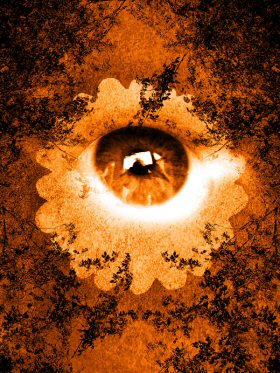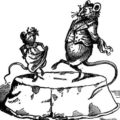
A lot of the controversy surrounding string theory is due to the absence of any meaningful way to test for the existence of the tiny one-dimensional filaments. But now, researchers at the University of California, San Diego, Carnegie Mellon University, and the University of Texas at Austin believe they can test at least part of this controversial theory.
Writing in the journal Physical Review Letters L, the scientists describe how measurements of high-energy particle collisions could reveal the elusive strings. They contend that those collisions will be observable at the Large Hadron Collider (LHC), a subatomic particle accelerator scheduled to be operating later this year at the European Laboratory for Particle Physics (CERN). “Our work shows that, in principle, string theory can be tested in a non-trivial way,” explained Carnegie Mellon’s Ira Rothstein.
Their proposed test is based on how W bosons scatter in high-energy particle collisions. W bosons are special because they carry a property called the weak force, which provides a fundamental way for particles to interact with one another.
If the test does not find what the theory predicts about W boson scattering, it would be evidence that one of string theory’s key mathematical assumptions would be proven impossible. “If the bounds are satisfied, we would still not know that string theory is correct,” said co-researcher Jacques Distler. “But, if the bounds are violated, we would know that string theory, as it is currently understood, could not be correct. At the very least, the theory would have to be reshaped in a highly nontrivial way.”










![Wayward, Vol. 1: String Theory [Paperback] Jim Zub; Steven Cummings; John Rauch; picture](/store/img/g/iV8AAOSwolll1Xi-/s-l225/Wayward-Vol-1-String-Theory-Paperback-Jim-Zub-Stev.jpg)







Comments are closed.